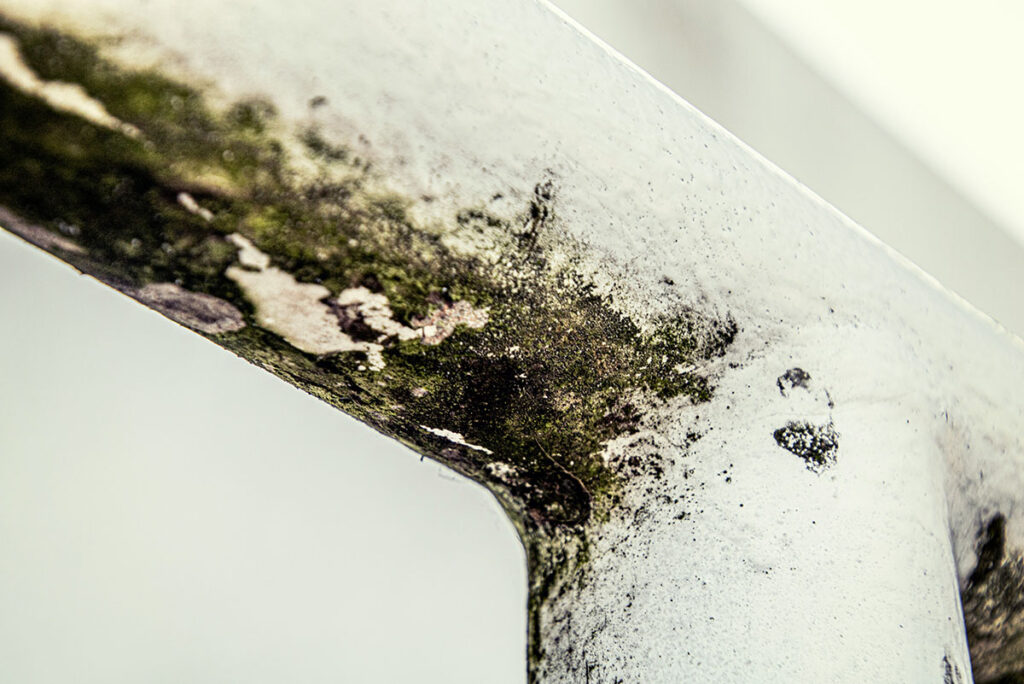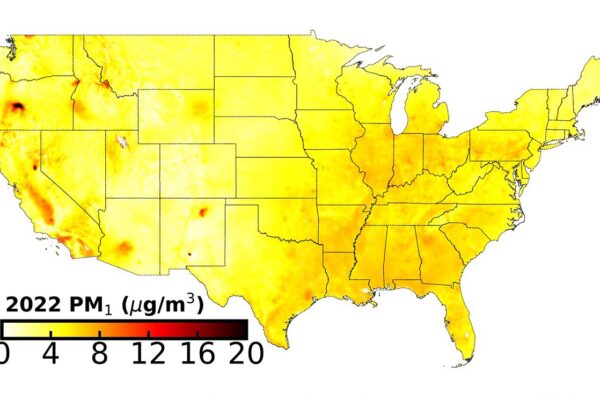
Indoor air quality can be affected by a variety of sources, including cooking, cleaning products, pets, fireplaces, fungi and mold, which have an impact on human health.
Jenna Ditto, an assistant professor of energy, environmental and chemical engineering in the McKelvey School of Engineering at Washington University in St. Louis, aims to establish a link between indoor air quality and the chemistry of building material surfaces with a three-year, nearly $280,000 grant from the National Science Foundation.
Ditto and members of her lab seek to understand whether the composition of surfaces affects the growth of indoor microbes and how exposure to indoor air pollutants shapes those microbes’ metabolism. Her team will collaborate with Bridget Hegarty, in the Department of Civil and Environmental Engineering at Case Western Reserve University, who has expertise in the microbiology of indoor environments. Together, they will link building material surface chemical composition with microbial gene expression and chemical emissions from microbes to indoor air.
Read more on the McKelvey Engineering website.


